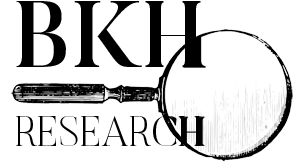Flitting Leaves Records
Moving Day Records Americans move, a lot, all over the country, every day. Utility bills, telegrams, school records, journals, cards, and letters can be sources of those moves. Those records are likely to be found in a family’s ephemerel...
Read moreDirty or Broken Type and Typesetting Mistakes Can Make Newspaper OCR Difficult
Digitized newspapers are a boon to genealogists, family historians and researchers, especially for the big three, births, marriages and deaths, folowed closely behind by divorces, separation, bed and board issues, court cases, flitting (the movement of renters on a...
Read moreFlitting – Genealogical Research Implications
Flitting, also known as theTraditional Moving Day, was April 1st in Pennsylvania Reading Eagle, Mon., 31 March 1884 p. 3, Womelsdorf. Renters can be more elusive to research than homeowners purely because of a lack of centralized lease repository...
Read moreGenealogical and Historical Research and Presentation Quilts
Presentation quilts beg to be researched. All those names, inked or embroidered or both, mean a place of origin can be determined through census research. The why of the presentation may be harder to find. Family research and local...
Read moreLocal Stringers Extend the Circulation and Distribution Areas of Newspapers
Wouldn’t you love to research Romanus Ortlip? While looking for something else, I found the best name ever in the Reading Eagle. Reading, the county seat of Berks Co., Pennsylvania supported quite a few newspapers in their time. Because...
Read morePesky Unknown Middle Names in Church Records
Catechumens from Trinity Reformed Church near Stouchsburg, Pennsylvania A top source for middle names is the series of Draft Registration Cards held by NARA available from Ancestry and others, for men in 1917 and 1918 for World War I. Even...
Read more

